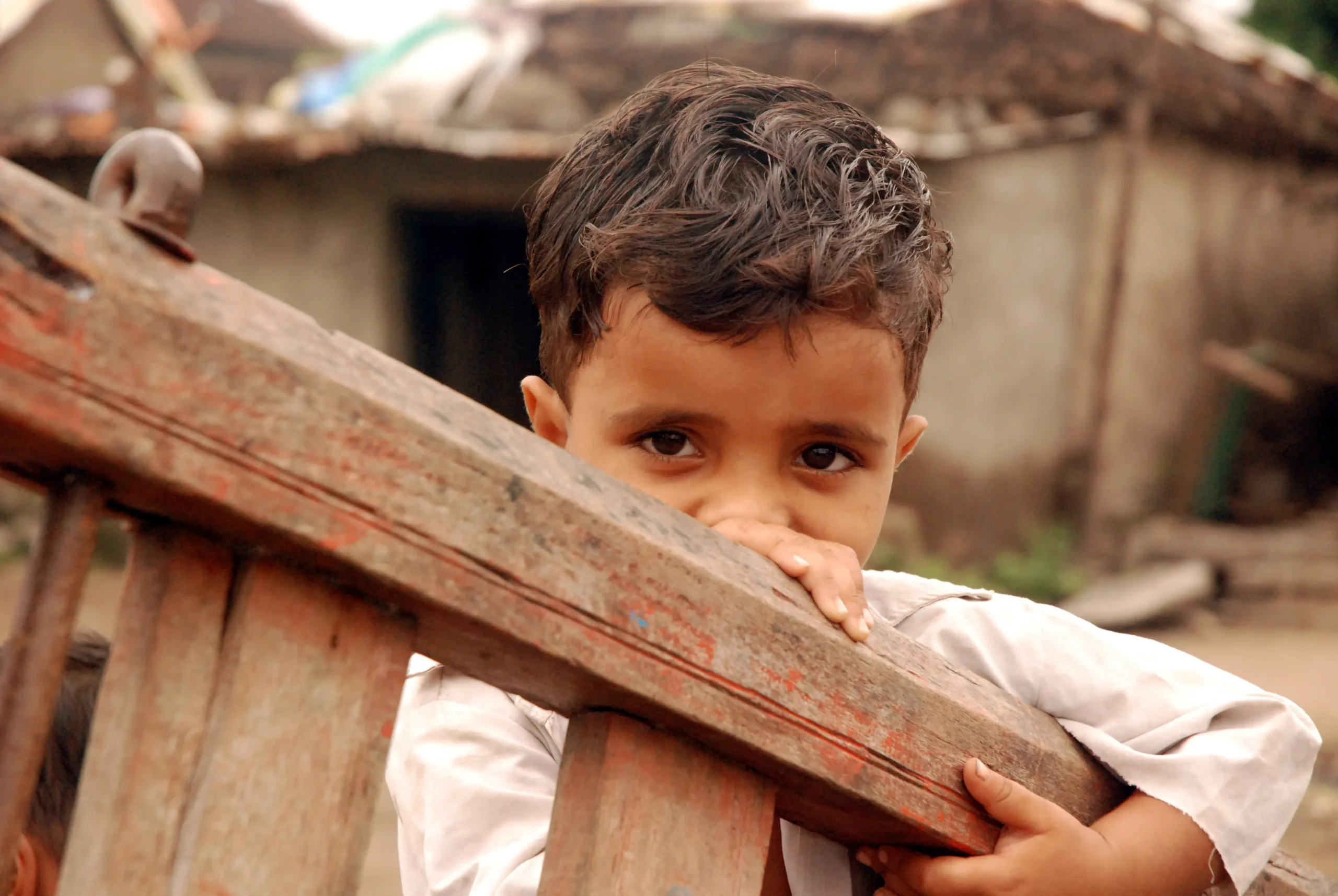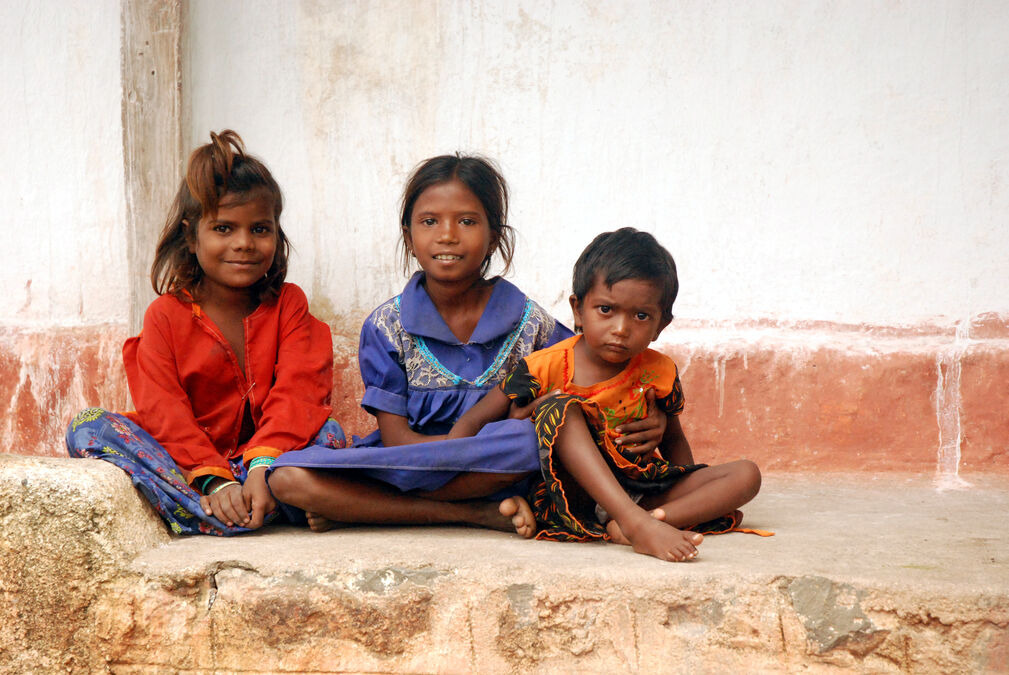
Understanding the Different Types of Child Trafficking and How We Can Protect Children
Summary/TL;DR of Types of Child TraffickingChild trafficking is the illegal recruitment, movement, or exploitation of children for forced labor o....
Read MoreChild trafficking remains one of the important issues of child rights in India and across the globe. While governments and organizations have implemented policies and programs to address the issue, the role of local communities is vital in the prevention of child trafficking. By staying alert, informed, and involved, community members can play a significant role in protecting children from exploitation.

India faces a severe challenge when it comes to child trafficking, with thousands of children falling prey to traffickers each year. These children are often subjected to forced labor, sexual exploitation, or illegal adoption. The problem is particularly acute in rural areas where poverty, lack of education, and limited access to resources make children more vulnerable. Strengthening child protection at the grassroots level is key to tackling this growing crisis.
Also Read: What is Child Labour in India
Preventing child trafficking needs a mix of efforts, including spreading awareness, staying alert, and working together. Here are some simple and effective ways to prevent child trafficking at the community level:
Knowledge is power. Educating families, schools, and local groups about the dangers of trafficking and the tactics used by traffickers is essential. Community meetings, school programs, and awareness campaigns can help people recognize suspicious behavior and take preventive action. Emphasizing the importance of education for children also reduces their vulnerability.
Also Read: Causes of Child Labour
Local leaders, village councils, and NGOs play a crucial role in monitoring vulnerable populations. Equipping them with the right tools and training can enhance their ability to identify risks early and respond effectively. Regular community audits and the establishment of child protection committees can serve as early warning systems for potential trafficking activities.
Also Read: Crimes Against Children in India
Understanding and enforcing laws is a cornerstone of the prevention of child trafficking in India. Legal measures not only punish offenders but also act as a deterrent.
Also Read: How to Stop Child Labour
India has a robust legal framework to fight child trafficking. Laws such as the Immoral Traffic (Prevention) Act, the Juvenile Justice Act, and provisions under the Indian Penal Code specifically address trafficking-related crimes. Raising community awareness about these laws helps ensure that individuals can report crimes and seek justice effectively.
Also Read: Types of child labour in india
Police and child protection units must work closely with communities to prevent trafficking. Local stations should be trained to handle such cases sensitively and promptly. Trust-building between law enforcement and community members can significantly improve reporting and response times.
Also Read: Causes of Child Trafficking
CRY – Child Rights and You – actively works across India to safeguard children from trafficking. Through grassroots partnerships, CRY empowers local communities with education, awareness programs, and child protection networks. By building strong child protection systems at the village and district levels, CRY helps ensure that children are safe, supported, and able to grow up free from exploitation.
In conclusion, the prevention of child trafficking is not the responsibility of a single entity. It requires the collective effort of communities, law enforcement, NGOs, and policymakers. With increased awareness, legal support, and community vigilance, we can create a safer world for our children. Help CRY India stop child trafficking.
Also Read: Importance of Child Rights